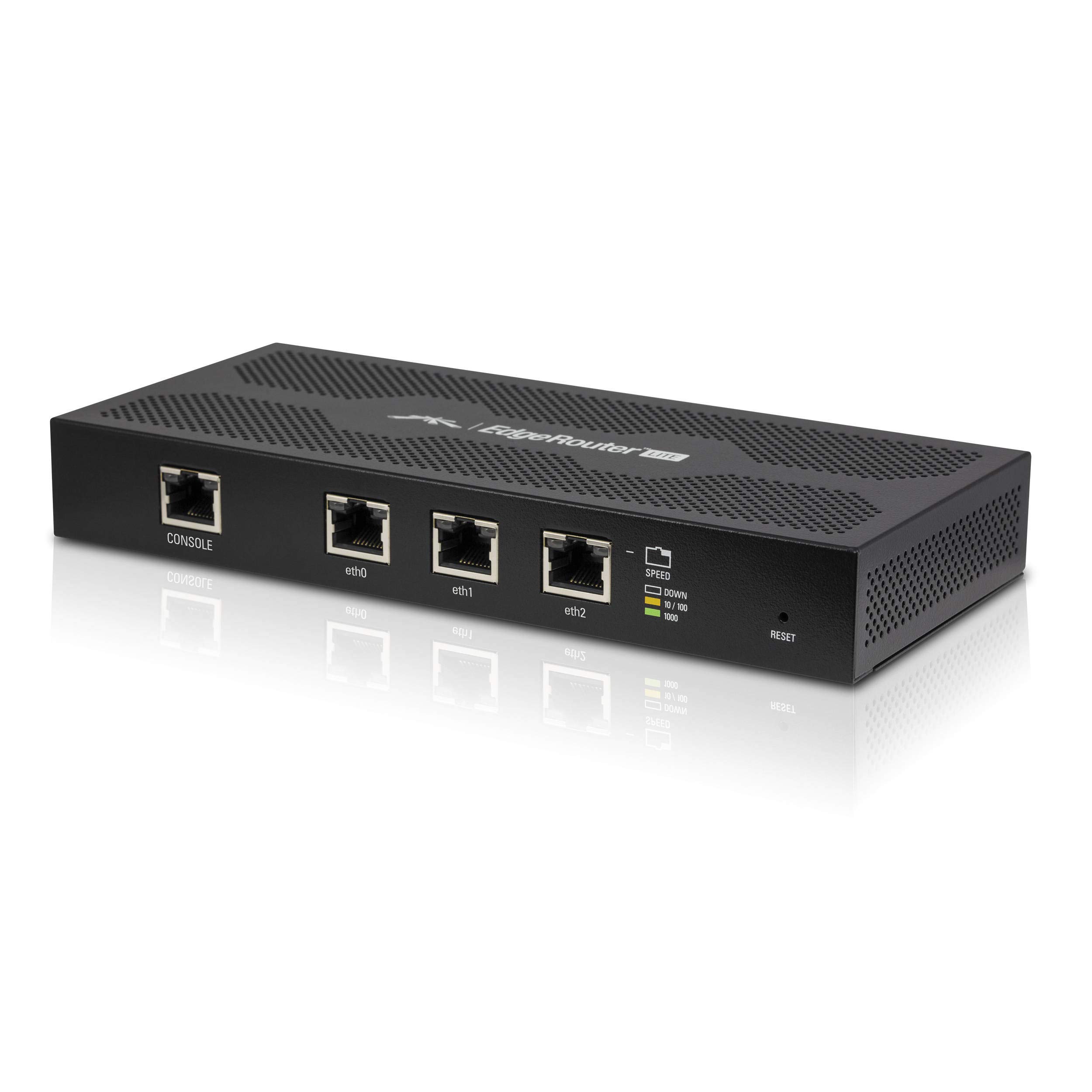Customer Services
Copyright © 2025 Desertcart Holdings Limited
Desert Online General Trading LLC
Dubai, United Arab Emirates


🚀 Power your network with silent speed and rock-solid reliability
The Ubiquiti EdgeMax EdgeRouter Lite ERLite-3 combines a fanless, durable metal design with 512MB memory and three gigabit Ethernet ports, delivering up to 1 million packets per second for high-performance routing in a compact form factor.
| Brand | Ubiquiti Networks |
| Series | ERLite-3 |
| Item model number | ERLite-3 |
| Operating System | RouterOS |
| Item Weight | 1.52 pounds |
| Product Dimensions | 3 x 5 x 9.5 inches |
| Item Dimensions LxWxH | 3 x 5 x 9.5 inches |
| Color | Black |
| Manufacturer | Ubiquiti |
| ASIN | B00CPRVF5K |
| Is Discontinued By Manufacturer | No |
| Date First Available | May 9, 2013 |
Trustpilot
2 weeks ago
5 days ago
4 days ago
3 days ago